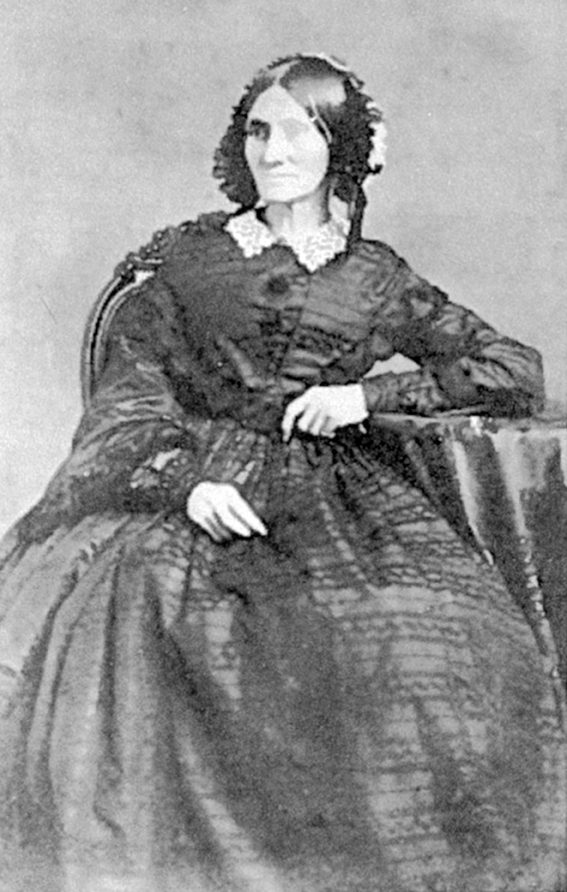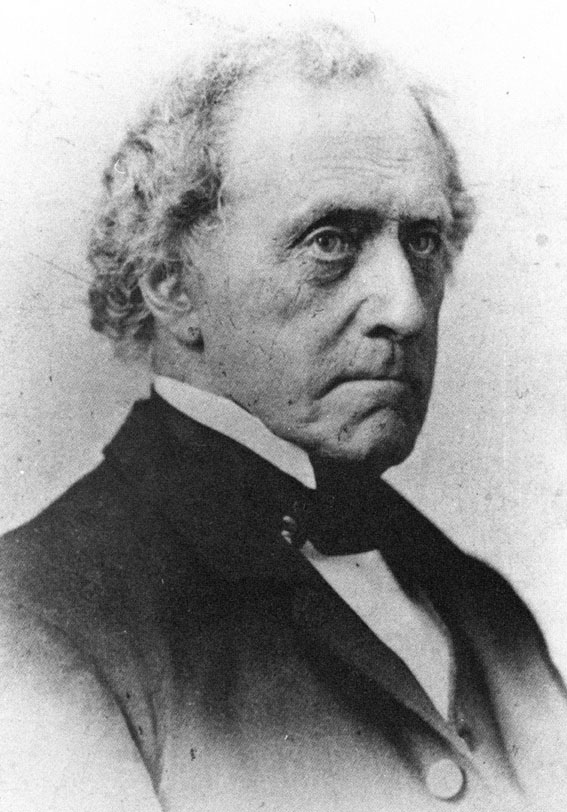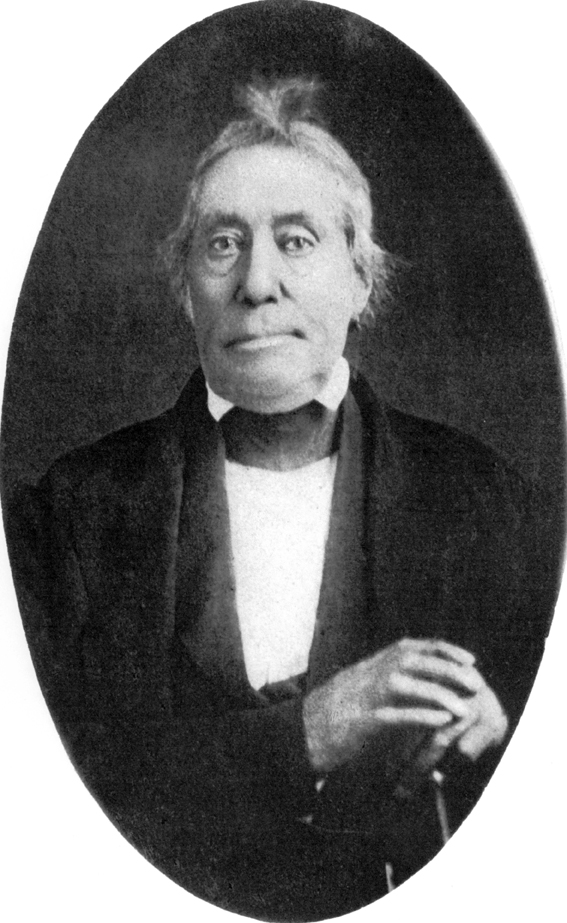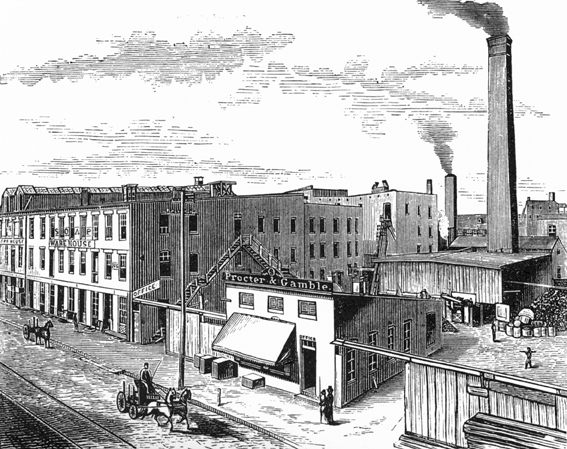By Kevin Grace
An early Irish immigrant to Cincinnati, Alexander Norris was born in Caledon, County Tyrone, Ireland in 1771. The date of his arrival in Cincinnati is uncertain, but it was before 1819 when he first appears in a city directory as a chandler. Norris came to the Queen City with his family, which included his daughter, Elizabeth Ann, who was born in Ireland in 1811. After establishing a successful tallow business, Norris moved in the local social circles of candle  makers, where Elizabeth met and married another Irish immigrant, James Gamble, in 1833. The couple had ten children, and further joined business interests when Elizabeth’s sister Olivia married the widowed William Procter. Alexander Norris persuaded his sons-in-law, both of whom were involved in the animal fat business, to join together and form a mutual manufacturing enterprise.
makers, where Elizabeth met and married another Irish immigrant, James Gamble, in 1833. The couple had ten children, and further joined business interests when Elizabeth’s sister Olivia married the widowed William Procter. Alexander Norris persuaded his sons-in-law, both of whom were involved in the animal fat business, to join together and form a mutual manufacturing enterprise.
James Gamble was born in Enniskillen, in the Northern Ireland county of Fermanagh, in 1803. His father, George, was a farmer and after he went bankrupt, he packed up his young family and sailed for America. The elder Gamble’s intent was to move to Illinois but as their flatboat made its way down the Ohio River, 16-year old James became seriously ill, so a stop was made in Cincinnati. The family decided to settle here and George opened a nursery and also worked as a grocer. Young  James Gamble was apprenticed to a small soap factory and in 1828 at the age of 25, he decided to start his own business. Opening his own soap factory on Walnut Street, the success of his business soon made it necessary to move to a larger space at Water Street and Central Avenue. In less than a decade his firm would grow to the point that he would take on a partner. The resulting concern was called Procter & Gamble.
James Gamble was apprenticed to a small soap factory and in 1828 at the age of 25, he decided to start his own business. Opening his own soap factory on Walnut Street, the success of his business soon made it necessary to move to a larger space at Water Street and Central Avenue. In less than a decade his firm would grow to the point that he would take on a partner. The resulting concern was called Procter & Gamble.
A native of England, William Procter came to Cincinnati in 1830 and began manufacturing candles. Procter and Gamble established their partnership in 1837 and built a new factory at Central Avenue and York Street. During the Civil War, the company would provide soap and candles to the Union Army, thus spreading the reputation of their products well  beyond Ohio’s borders, and by the early 1880s Procter & Gamble had begun a nationwide advertising campaign. The partners remained in that Central Avenue location for half a century until they built Ivorydale in the neighboring community of St. Bernard. The new factory complex was named for the company’s most familiar product, Ivory Soap. And, it was Gamble’s son, James Norris Gamble, who trained as a chemist at Kenyon College before developing the process for the floating soap in 1879 – considering its pedigree, what would be the real “Irish Spring” soap, we guess..
beyond Ohio’s borders, and by the early 1880s Procter & Gamble had begun a nationwide advertising campaign. The partners remained in that Central Avenue location for half a century until they built Ivorydale in the neighboring community of St. Bernard. The new factory complex was named for the company’s most familiar product, Ivory Soap. And, it was Gamble’s son, James Norris Gamble, who trained as a chemist at Kenyon College before developing the process for the floating soap in 1879 – considering its pedigree, what would be the real “Irish Spring” soap, we guess..

